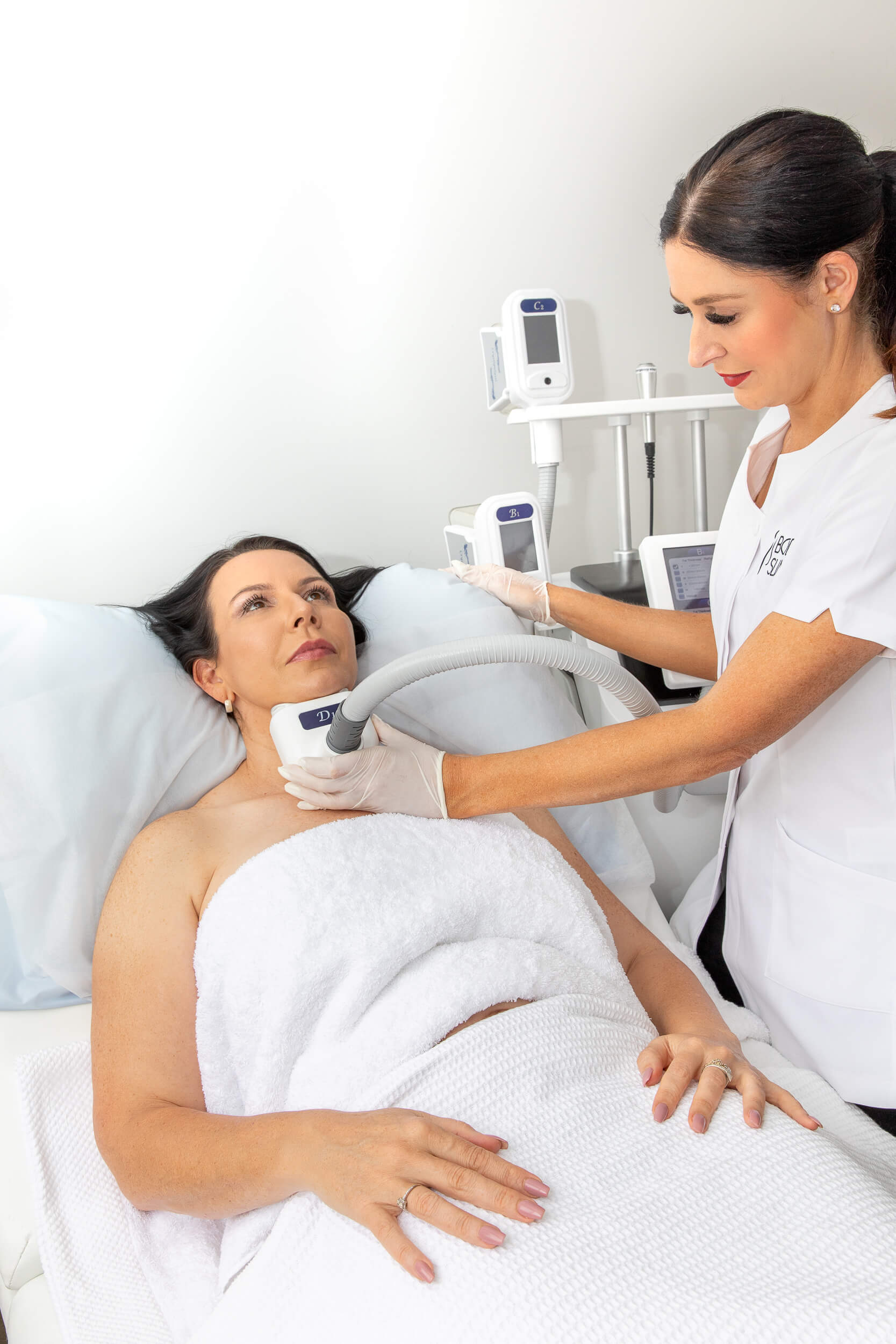Fat Freezing for Man's boobs: What Body Contouring Professional Needs to Know
- Tanya White

- May 7
- 2 min read
Updated: May 18
Fat Freezing for Male Chests: What Body Contouring Professional Needs to Know

As body contouring specialists, we often encounter clients seeking non-invasive solutions for excess chest fat. Fat freezing, or cryolipolysis, has emerged as a popular method. However, when it comes to treating the male chest area, it's crucial to differentiate between two conditions:
Pseudogynecomastia: Characterized by fat accumulation in the chest area.
Gynecomastia: Involves the enlargement of glandular breast tissue, often due to hormonal imbalances.
Understanding this distinction is vital, as fat freezing targets fat cells but does not affect glandular tissue.
🔍 Assessing the Right Candidates
Before proceeding with treatment, ensure a thorough assessment:
Clinical Evaluation: Determine if the chest enlargement is due to fat or glandular tissue.
Medical Consultation: Refer clients to a qualified healthcare professional for an accurate diagnosis.
Treating gynecomastia with fat freezing can lead to unsatisfactory results and may even accentuate the issue.
⚠️ Safety Considerations
The male chest, particularly the nipple area, is sensitive and requires careful handling:
Applicator Placement: Avoid placing applicators directly over the nipple to prevent frostbite or tissue damage.
Protective Measures: Use high-quality anti-freeze membranes to safeguard the skin.
Always prioritize client safety and comfort during treatments.
🤝 Collaborating with Medical Professionals
Building a network with medical professionals enhances your practice:
Referrals: Establish relationships with doctors and plastic surgeons for client assessments.
Continued Education: Stay updated on the latest research and treatment protocols.
This collaboration ensures clients receive comprehensive care tailored to their needs.
✅ Conclusion
Fat freezing can be effective for treating pseudogynecomastia but is not suitable for gynecomastia. As professionals, it's our responsibility to conduct thorough assessments, prioritize safety, and collaborate with medical experts to provide the best outcomes for our clients.
*Note: This blog post is intended for informational purposes and should not replace professional medical advice. Always consult with qualified healthcare providers for accurate diagnoses and treatment plans.
Want more expert tips and tricks on Body Contouring Salon Start-Up?
Meet Tanya White, the author of this blog and a Nationally Accredited body contouring trainer with over 15 years of experience in the beauty industry. Tanya runs Australia’s #1 online training academy, where she helps aspiring salon owners, beauty professionals, and entrepreneurs master the art of body contouring. She also offers personalised mentoring, certified training programs, and business support through her online courses. Created of the ContourIQ™️ technique, Australia’s first trademarked body contouring method.
Tanya is a nationally accredited trainer and has completed Training and Assessment (TAE40116). She has trained over 700+ students across Australia. Whether you’re looking to level up your skills with expert guidance or start your own body contouring business, Tanya’s got you covered!
About Tanya White

Tanya White is the proud owner of Australia’s #1 Body Contouring Training Academy, Bodi Slim. With over 15 years of experience in the beauty industry, she has trained more than 700+ students across Australia. Tanya is passionate about helping beauty professionals thrive by providing expert training and mentorship in body contouring techniques. Her dedication to sharing knowledge and supporting her students ensures that every client receives safe, high-quality treatments.




Comments